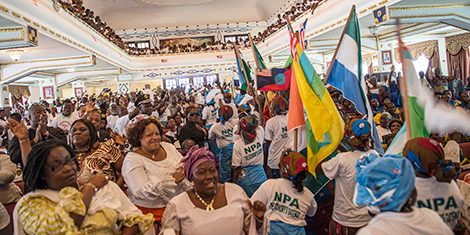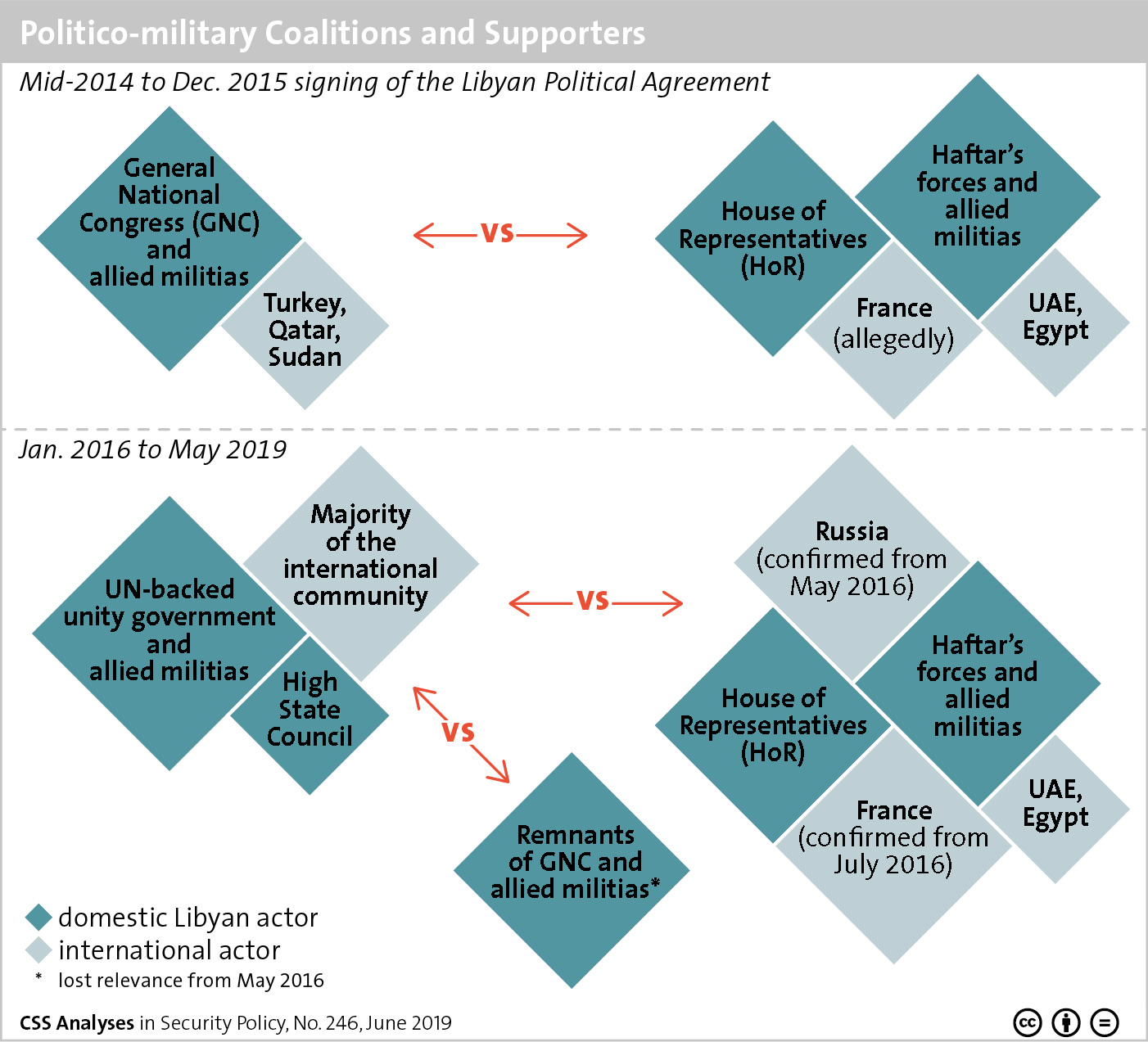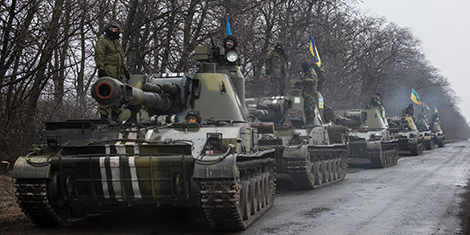Image courtesy UK Parliament/Flickr. This image is subject to parliamentary copyright. (CC BY-NC 2.0)
Mediation Perspectives is a periodic blog entry that’s provided by the CSS’ Mediation Support Team and occasional guest authors.
John Bercow, who stepped down as “Speaker” of the House of Commons in the United Kingdom (UK) Parliament on 31 October 2019, catapulted the otherwise obscure role into the public eye on an international level. This is due to the controversy over the Brexit parliamentary debates, his forthright manner, distinctive cry of “Or-derr!” whenever proceedings became rowdy – but I argue here that it is also due to his understanding of the role of speaker as mediator. In this blog post, I explore this understanding, and highlight what speakers of parliaments as well as mediators can learn from it.








